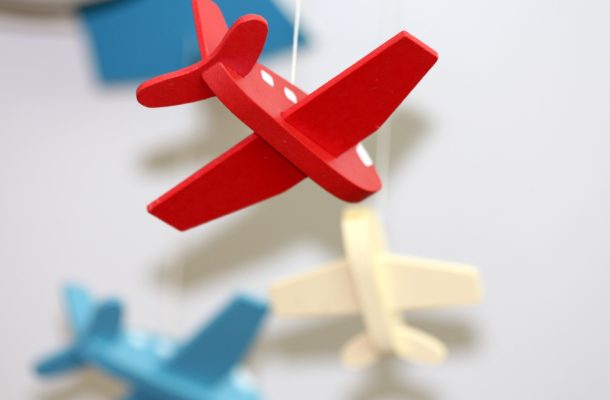‘Toys’r’Us’ crash shakes retail industry

Toys ‘R’ Us Australia has gone into voluntary administration, following the collapse of the retail giant’s parent company in the United States in September 2017.
Initially, the company’s management noted that Toys ‘R’ Us stores in Australia would continue to operate as normal. However, by March 2018, the parent company’s CEO noted that the Australian operations were likely to be liquidated.
Toys ‘R’ Us Australia, including the Babies ‘R’ Us brand, operates 44 stores, and employs approximately 2700 people. The company’s decline comes amid difficult trading conditions for operators in the Australian Toy and Game Retailing industry over the past five years.
While solid demand for toys and games has provided revenue opportunities for some operators, trading conditions have been tough due to intense internal and external competition. As a result, the industry’s revenue growth has been relatively weak, at an expected 1.4% over the five years through 2017-18, to $943.0 million.
Similar to in the United States, external competition for Australian toy and game retailers stems from discount department stores, such as Kmart, along with online-only retailers such as Toy Universe and Online Toys Australia.
Toys ‘R’ Us’ failure will likely be a wake-up call for the Toy and Game Retailing industry. The company was the industry’s largest player, accounting for 20.4% market share. While demand for toys and games remains high, consumers have moved online or to discount department stores.
Toy and game retailers have long been warned that being a simple shop for toys would not be enough to compete, and Toys ‘R’ Us was not able to adapt fast enough to changing market conditions. The company’s stores failed to attract busy parents, many of whom purchased toys from stores such as Kmart while shopping for other necessities.
Toys ‘R’ Us’ fall is expected to revitalise the way other retailers operate their brick-and-mortar stores. Existing retailers are anticipated to learn from Toys ‘R’ Us’ failures. These retailers will likely review their product ranges to reduce cluttered inventory and start focusing on niche markets.
Most importantly, many of these incumbent operators are anticipated to shift their emphasis towards creating experience-based destinations for consumers, such as creating instore play areas to generate brand value.
The Toy and Game Retailing industry’s revenue is projected to grow at an annualised 1.7% over the five years through 2022-23, to $1.0 billion.








